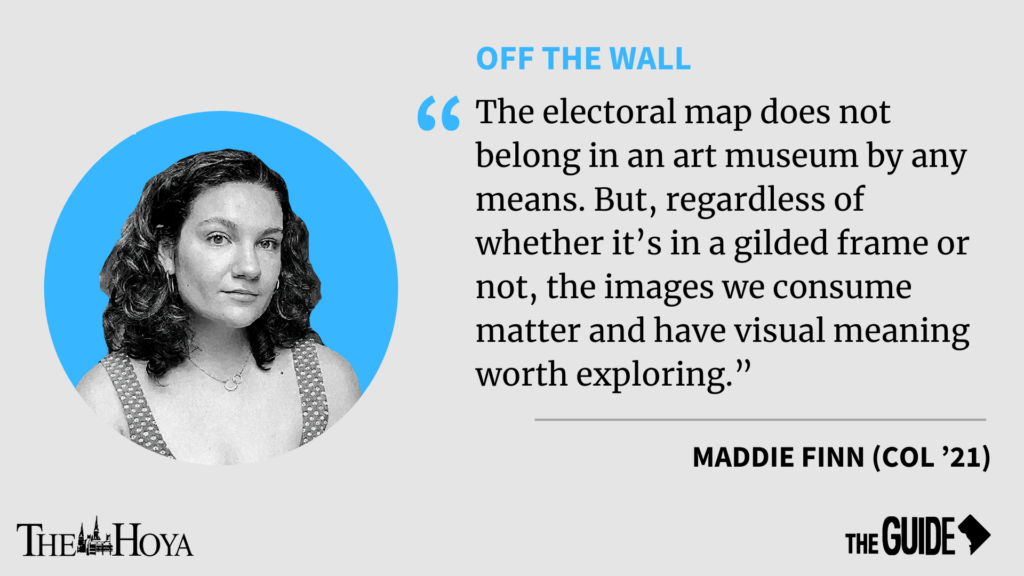A standout scene in the film “A Star Is Born” is when Bradley Cooper’s character continuously bashes Lady Gaga’s character for having the audacity to perform a dance-pop song at her “Saturday Night Live” debut. He repeatedly mansplains to her that rock ’n’ roll is real music and relegates pop to an inferior genre devoid of any real meaning.
The stereotype relegating pop to a shallow genre stems from dangerous heteronormativity and sexism. Female artists are pressured by record label executives to take on the role of sex symbols. Their promotional material is heavily reliant on this trope, causing many members of the general public to assume the music itself has no depth due to the marketing. By contrast, male artists are almost never marketed as sex symbols and are usually never pressured into using their bodies as promotional material.
These double standards within pop music — my favorite genre — have consistently permeated my life. Music taste often comes up when I make small talk with people I’ve just met. But at times, some people’s shallow perception of pop music makes me dread these conversations. I have found many believe the stereotype that pop music is vapid. Being a huge fan of strong — yet criminally underrated — lyricists like Rina Sawayama, it is frustrating to feel as if I have to lie about my musical palette just to fit in with expectations of what defines real music.
I consider Rina Sawayama to be a pop trailblazer, critical to debunking these sexist stereotypes about pop music. Born in Niigata, Japan, Sawayama is a Japanese British indie-pop artist who released her critically acclaimed debut album “SAWAYAMA” in 2020. A graduate of the University of Cambridge, Sawayama’s wit and viewpoint on social issues are present throughout her music.
In the opening track “Dynasty” and album-cut “Akasaka Sad,” Sawayama shines a light on the issue of intergenerational trauma while connecting it thematically to her Japanese heritage. In the standout “Dynasty,” Sawayama poses the question of whether she will be able to break free from the continuous, hereditary cycle of acquiring trauma and later passing it on. She says “The pain in my vein is hereditary … Won’t you break the chain with me?”
Britney Spears inspired the track “XS,” which seamlessly blends early 2000s pop with classic rock and R&B. Besides being a total earworm, “XS” is meant to be a social commentary on the insatiability of capitalism and consumerism. The infectious hook “Give me just a little bit (More), little bit of (Excess) / Oh me oh my / Gimme just a little (XS, XS)” is a direct nod to how humans are never economically and materially satisfied. “XS” is proof that danceability and musical depth are not mutually exclusive. Yet in the eyes of the general public, this is just another soulless pop song. Female pop artists are seen as guilty pleasures and nothing more because of the relentless sexism in the industry.
In the nu-metal “STFU!,” Sawayama lets out her frustrations regarding racial microaggressions against Asian people. The fact a metal-influenced track like “STFU!” can co-exist on the same album with songs like “XS” and “Akasaka Sad” is a testament to Sawayama’s identity as a true pop chameleon. In the highlight “Tokyo Love Hotel,” Sawayama shines a light on the Western fetishization of Japanese culture. She explains to her lover that she does not desire a short-lived, shallow romance, comparing it to the West’s surface-level touristic relationship with Tokyo.
These are just a few of the issues Sawayama has intelligently explored on her debut album. Other songs on “SAWAYAMA” explore the themes of toxic masculinity, Sawayama’s queer identity, self-love and climate change. Sawayama perfectly illustrates the artistic depth and talent that exists in the pop genre. Moreover, as an independent indie-pop artist, Sawayama is allowed to control every aspect of her art. The end result is music that represents her cultural and personal identity, not a carefully crafted pop blueprint crafted by an old, rich white man working at Interscope Records. Sawayama is proof the negative perception of pop is not because of the music, but rather because of deep-rooted sexist, heteronormative and misogynistic views.
Misogyny in pop music reduces female artists’ creative control, affects how they are marketed by music executives and sets unrealistic expectations that they must completely evolve every album cycle to stay relevant.















